2024 Season
The 2024 Formula 1 Singapore Grand Prix is currently taking place at the iconic Marina Bay Street Circuit. Known for its challenging layout and night-time setting, this race is a key highlight of the season. McLaren’s Lando Norris has been dominating the event, securing a commanding victory over Red Bull’s Max Verstappen. Norris was untouchable throughout the race, finishing with a significant margin ahead of the competition, while his teammate, Oscar Piastri, took third place.
Formula 1 Races in 2024
The 2024 Formula 1 season will feature 24 races, beginning with the Bahrain Grand Prix on March 2 and concluding with the Abu Dhabi Grand Prix on December 8. Notably, the Las Vegas Grand Prix returns for its second year and will take place on November 23. Several other iconic circuits like Silverstone, Monza, and Monaco remain key fixtures of the season. There’s also a new addition of the Shanghai Grand Prix, marking Formula 1’s return to China
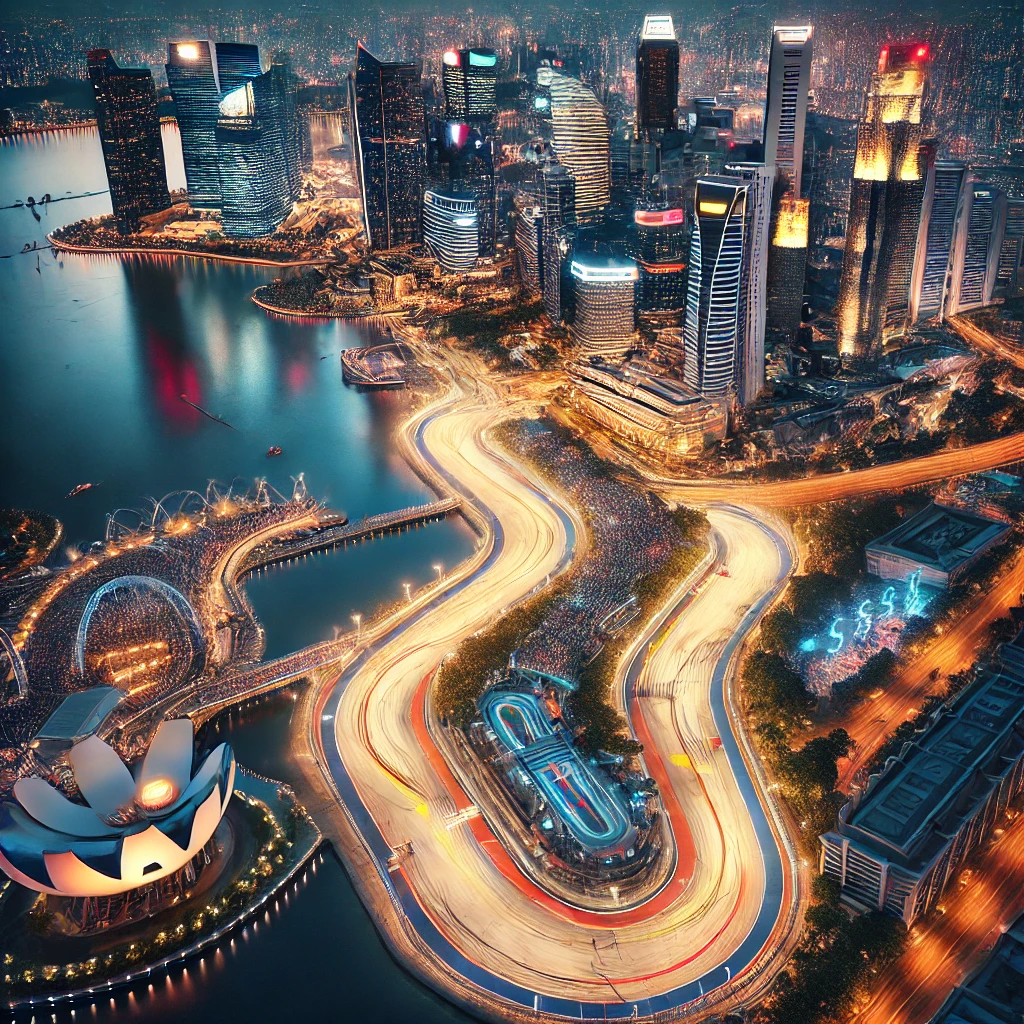
This year’s race has also seen fierce competition from Mercedes, with George Russell finishing in fourth and Lewis Hamilton slipping to sixth. The race continues to highlight intense rivalries and strategic maneuvers, making it a must-watch for F1 fans.
Here are the top 10 Formula 1 drivers in the 2024 season, based on their current standings:
- Max Verstappen – Red Bull Racing
- Lando Norris – McLaren
- Oscar Piastri – McLaren
- George Russell – Mercedes
- Charles Leclerc – Ferrari
- Lewis Hamilton – Mercedes
- Carlos Sainz Jr. – Ferrari
- Fernando Alonso – Aston Martin
- Nico Hulkenberg – Haas
- Sergio Perez – Red Bull Racing
Background
Formula 1 (F1) is the pinnacle of motorsport, known for its speed, precision, and cutting-edge technology. Established in 1950, it is the highest class of single-seater auto racing, sanctioned by the Fédération Internationale de l’Automobile (FIA). F1 cars are among the fastest in the world, capable of reaching speeds over 230 mph (370 km/h), with teams and manufacturers continually innovating to improve performance.
The sport has a global fan base, with races, known as Grand Prix, held across iconic circuits like Monaco, Monza, and Silverstone. Drivers compete for both the Drivers’ Championship and the Constructors’ Championship, with legendary figures like Michael Schumacher, Lewis Hamilton, Ayrton Senna, and Juan Manuel Fangio leaving their mark on the sport’s history.
Formula 1 Competitions Every Year
Each F1 season typically features 20+ races, where teams like Mercedes, Red Bull, Ferrari, and McLaren battle for supremacy. In addition to being a technical marvel, F1 is a major business, attracting significant sponsorship and media attention worldwide. The sport has evolved over the years, with modern safety innovations and sustainability initiatives.
Here’s a brief breakdown:
- Europe has traditionally hosted most of the Grands Prix, with historic venues such as Monza in Italy, Silverstone in the UK, and the Circuit de Spa-Francorchamps in Belgium. These are considered classic races with long histories.
- Asia and the Middle East have seen a surge in events, with high-profile races like the Singapore Grand Prix, held at night, and the Abu Dhabi Grand Prix, which usually concludes the season.
- North America is represented by races such as the Canadian Grand Prix in Montreal and the increasingly popular United States Grand Prix in Austin.
- South America is a key region, with the Brazilian Grand Prix at São Paulo often featuring dramatic season finales.
- Oceania hosts the traditional season opener in Melbourne at the Australian Grand Prix.
Each year’s championship varies in terms of competition, weather, and track challenges, contributing to the sport’s dynamic nature.
Prize Money in Formula 1
Formula 1 prize money is a complex system designed to reward teams for their performance across the season. It is divided into several key components, with the total pool often exceeding $1 billion. The funds are primarily derived from broadcasting rights, race hosting fees, and sponsorship deals.
Here’s a breakdown of how the prize money works:
1. Column 1 Payments:
This is the base amount distributed to all teams that have competed for two or more seasons. Each team gets an equal share, typically around $35 million.
2. Column 2 Payments:
This is based on the team’s position in the Constructors’ Championship. The higher the team finishes, the more they earn. For example, the team that finishes first could receive around $60-70 million, while lower-ranked teams earn proportionally less.
3. Bonus Payments:
- Historical Bonus: Teams like Ferrari, which have been involved in F1 for decades, receive additional funds. Ferrari is believed to get around $90 million for their long-standing contribution to the sport.
- Championship Bonus: Teams that have won Constructors’ titles in recent years, such as Mercedes and Red Bull, receive additional bonuses.
- Special Agreements: Some top teams also have unique contracts with F1, granting them further bonuses, adding millions to their earnings.
Total Prize Pool Distribution:
On average, the top teams like Mercedes, Red Bull, and Ferrari can make over $200 million annually, while smaller teams may earn between $50-100 million depending on their finishing positions and other factors.
This system ensures that while all teams receive funding, the better a team performs, the more lucrative the reward, creating strong competition throughout the season
Formula 1 typically features between 20 to 23 races per season, referred to as Grands Prix. These races take place in various countries across iconic circuits. Each race contributes points to the Drivers’ Championship, awarded to the best-performing driver, and the Constructors’ Championship, which ranks the teams based on the combined performance of their two drivers.
Formula 1 Winner Prize Money
The prize money in Formula 1 is not awarded directly to individual drivers but rather to the teams through a complex system based on their performance throughout the season. The total F1 prize pot is estimated to be around $1 billion, which is distributed among teams based on their position in the Constructors’ Championship and other criteria like historical performance.
Here’s a breakdown:
- Team Earnings: The winning constructor (team) can receive a significant portion of the prize pool, which they distribute to their drivers and fund their operations. Ferrari, Mercedes, and Red Bull have traditionally received larger payouts.
- Driver Salaries and Bonuses: Drivers don’t earn prize money directly from race wins but instead through contracts with their teams, often including performance-based bonuses for race wins or championship titles.
Exact prize money varies each season due to factors like sponsorships, contracts, and the distribution formula, but the top teams generally earn hundreds of millions in a season, with smaller teams receiving proportionally less.
Top Formula 1 Drivers in History
The history of Formula 1 is marked by legendary drivers who have set remarkable records and dominated the sport over the decades. Some of the most iconic players include:
- Michael Schumacher: A seven-time World Champion, Schumacher holds the record for the most wins in a single season (13 in 2004) and was a dominant force in the 1990s and 2000s with Ferrari, holding the record for the most total wins (91) until 2020.
- Lewis Hamilton: Considered one of the greatest drivers in F1 history, Hamilton matched Schumacher’s seven titles in 2020. He holds the record for the most pole positions (104+) and race wins (103+) as of 2023, with his Mercedes dominance from 2014–2020 making him a force in modern F1.
- Ayrton Senna: Known for his exceptional skill, especially in wet conditions, Senna won three world championships and is considered by many as one of the greatest F1 talents. His record for the most pole positions stood until Schumacher surpassed it.
- Sebastian Vettel: With four consecutive championships from 2010 to 2013 with Red Bull, Vettel set the record for the most consecutive titles after Schumacher. He also became the youngest World Champion in 2010 at age 23.
- Alain Prost: A four-time World Champion, Prost was known for his calculated and methodical driving style. His rivalry with Senna in the late 1980s is one of the most famous in F1 history. Prost’s 51 career wins were a record until Schumacher overtook him.
- Juan Manuel Fangio: The Argentine legend was a five-time World Champion in the 1950s, a record that stood for nearly five decades. He won with four different teams, showcasing versatility and dominance during the sport’s early years.
- Niki Lauda: A three-time World Champion, Lauda’s incredible comeback after a near-fatal crash in 1976 remains one of the most inspiring stories in F1. He had a major influence on Ferrari and McLaren’s success during the 1970s and 1980s.
- Fernando Alonso: A two-time World Champion, Alonso broke Michael Schumacher’s dominance by winning in 2005 and 2006. He is widely regarded for his consistency and aggressive driving style.
- Nigel Mansell: Mansell won the 1992 World Championship and was known for his determination and dramatic racing. He still holds the record for most pole positions in a season (14 in 1992).
- Jim Clark: A two-time World Champion in the 1960s, Clark was known for his versatility, excelling in multiple motorsport disciplines. His records for winning seven out of 10 races in 1963 stood as one of the most dominant seasons in F1.
These drivers have shaped F1’s rich history, setting benchmarks for excellence in the sport.
Now, let us explore the sport of Formula 1 through the eyes of the viewers. For fans, every race is more than just a competition; it’s a thrilling spectacle filled with adrenaline and anticipation. From the roar of the engines at the start to the nail-biting finishes, viewers are captivated by the skill and strategy involved in every lap.
Formula 1 Fanbase
The Formula 1 fanbase is a diverse and passionate community that spans the globe. Fans are deeply invested in the sport, often displaying fervent loyalty to their favorite teams and drivers. The atmosphere at races is electric, filled with excitement, national pride, and camaraderie among spectators. Social media platforms play a significant role in connecting fans, allowing them to share their experiences and opinions while following the latest developments.
Top 5 Formula 1 Circuits
If you’re gearing up to watch Formula 1 races, here’s a look at the top 5 evergreen circuits that promise unforgettable experiences and thrilling action.
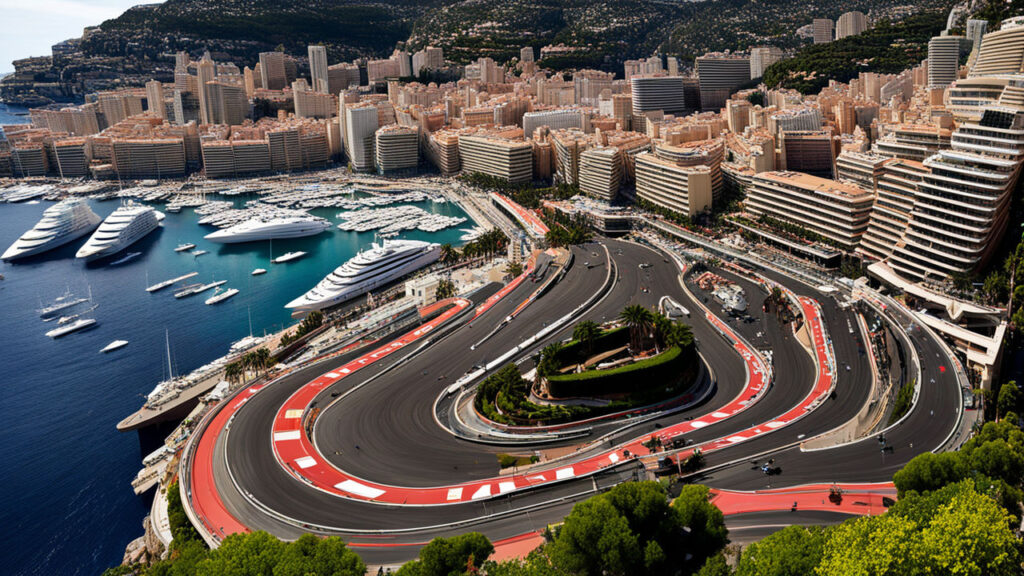
Monaco Grand Prix Circuit (Monte Carlo)
A must-see for its glamorous setting, the Monaco GP is a race through the streets of Monte Carlo, offering close proximity to the luxurious yachts and scenic Mediterranean coast. The narrow, winding streets create a thrilling atmosphere for F1 enthusiasts. Hotels and grandstands provide limited yet premium views. If you visit, book early for prime seating and enjoy the surrounding casinos and restaurants, soaking in the luxurious ambiance.
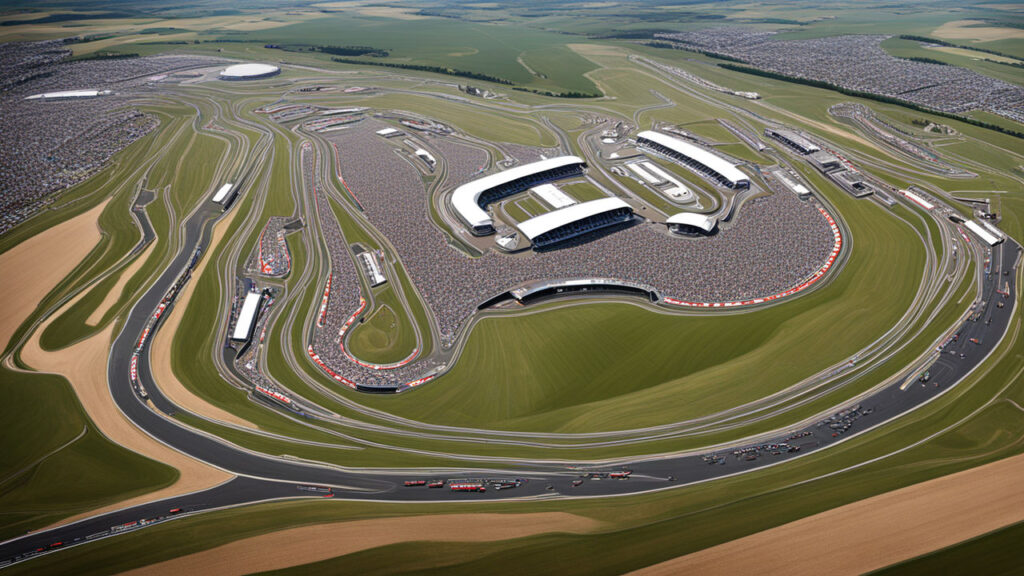
Silverstone Circuit (UK)
A historic venue, Silverstone is beloved for its high-speed corners and rich motorsport heritage. As a fan, you’ll be able to experience fast-paced straights and sections like Maggotts and Becketts, with excellent views from various grandstands. Silverstone also offers expansive fan zones with food, entertainment, and merchandise. Whether camping or staying nearby, attending the British Grand Prix provides a true F1 fan experience with enthusiastic crowds and thrilling races.
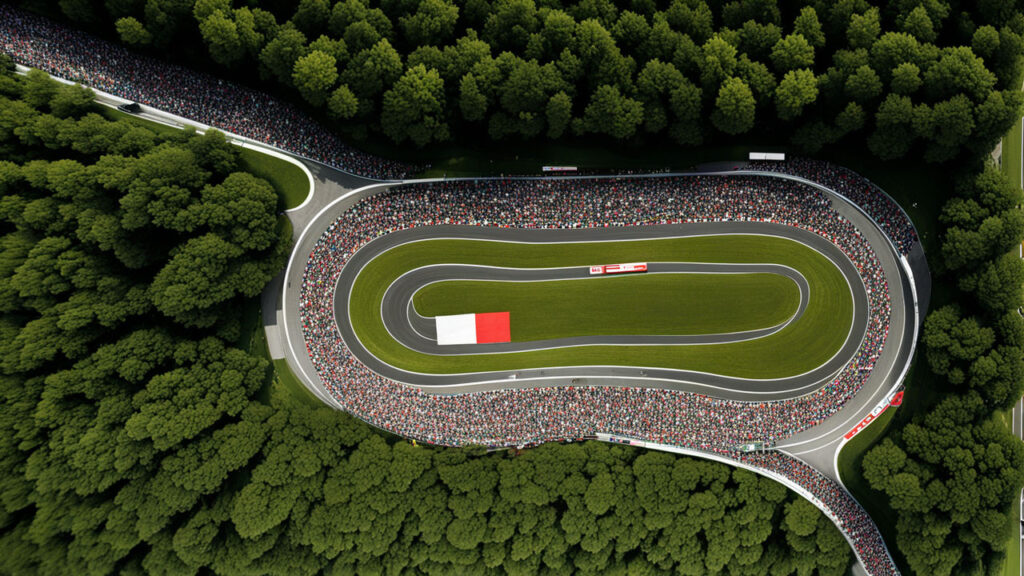
Monza Circuit (Italy)
Known as the “Temple of Speed,” Monza is one of the fastest circuits on the calendar, where fans get to witness cars fly by at breakneck speeds. The passionate Tifosi, Ferrari’s loyal fanbase, add to the electric atmosphere. Visiting Monza means being immersed in the historical significance of F1, with large grandstands offering great views of famous corners like Parabolica and the Ascari chicane. It’s a pilgrimage for any true motorsport fan.

Spa-Francorchamps (Belgium)
Nestled in the Ardennes forest, Spa is known for its unpredictable weather and the legendary Eau Rouge corner. For spectators, this circuit offers natural beauty and a fantastic experience, as the hilly terrain provides unique viewing angles. Fans can walk around the circuit to catch different parts of the race. Bring gear for rain, as Spa’s weather can change quickly, adding to the excitement of the race weekend.
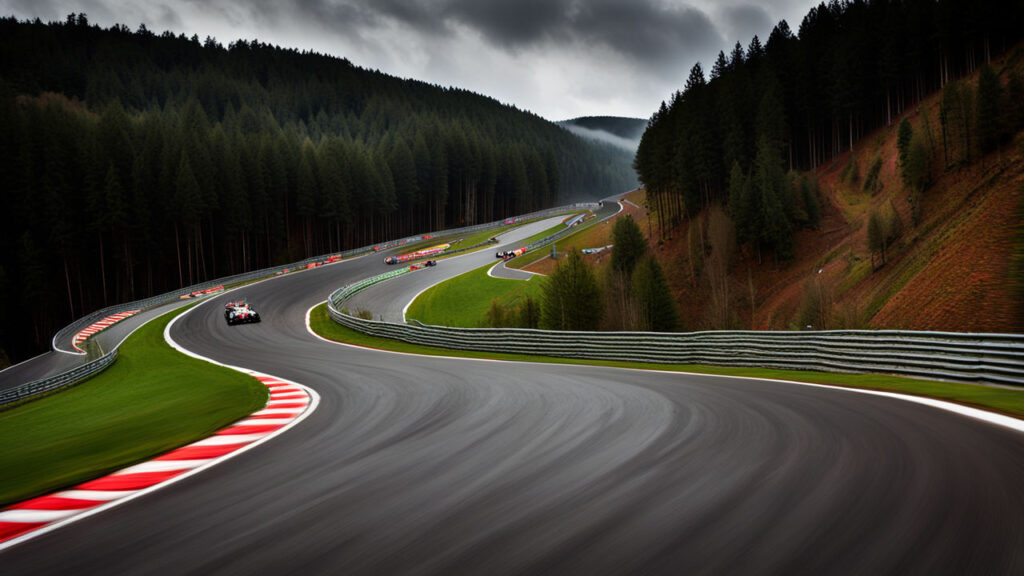
Suzuka Circuit (Japan)
Suzuka is a fan-favorite for its unique figure-eight layout and thrilling corners, such as 130R and Spoon. Japanese fans are incredibly passionate and create an exciting atmosphere. Grandstands offer clear views of the action-packed track, and the circuit’s surrounding amusement park, including the famous Ferris wheel, makes it a fun-filled experience for visitors. Suzuka is renowned for blending traditional motorsport culture with Japanese hospitality.
These circuits offer unique experiences and are a must-visit for any true Formula 1 fan.
[…] miss the excitement of Formula 1 racing, where the roar of engines fills the […]